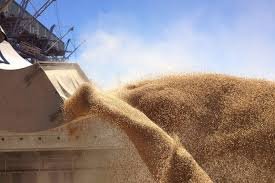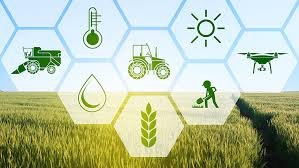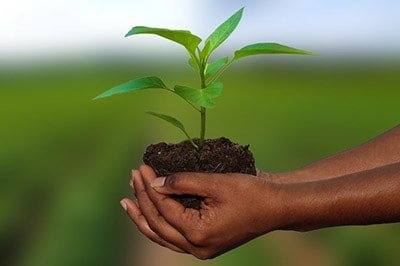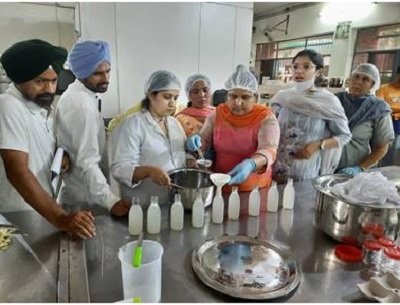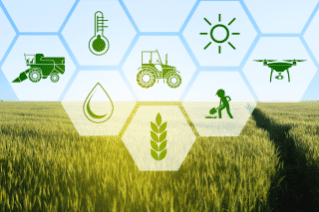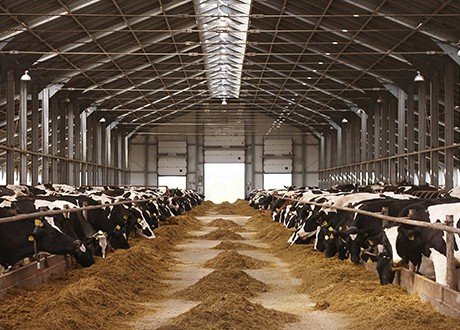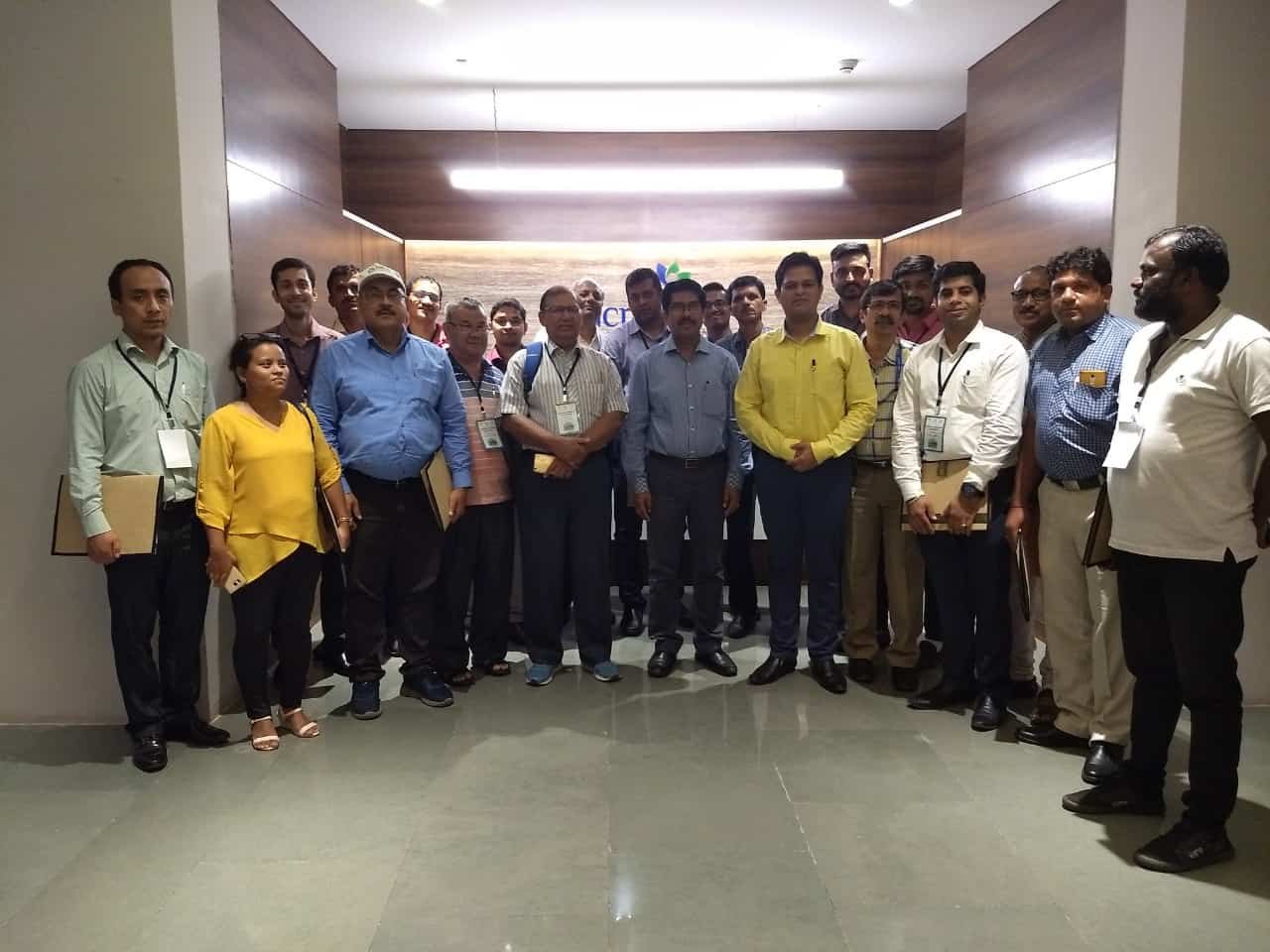With tech integration, catalytic funding for agri-fintech start-ups and newer credit underwriting models can enable a competitive environment with higher risk mitigation. Prasanna Rao, CEO & Co-Founder, Arya Collateral, gives an insight
Agricultural credit solves one of these three needs: cash flows necessary for seasonal inputs; credit necessary for investments in assets and technology and refinancing high-cost debts.
Banks provided agriculture credit worth $168 billion in FY18-19. But 50 per cent of this credit went only to medium and large farmers. Small and marginal farm holders struggle for access to the formal financial system. Providing sustainable financial services for the agricultural needs of rural India has historically been challenging.
Since most agri-businesses and banks are based in the tertiary markets, primary and secondary markets, directly affecting farm produce and the producer remain unbenefited and untapped. Moreover, low initial scale and high transaction costs have impeded the reach of formal finance to this segment.
Without financing, farmers cannot generate liquidity.
Numbers show that only 30 per cent of all farmers borrow from formal sources, while 50 per cent of small and marginal farmers are unable to borrow from any source. This leaves over 100 Million farmers dependent on informal channels and exorbitant interest rates to meet their credit needs each cropping season. With the increased feminisation of Indian agriculture, the plight of women farmers is more acute. They face unique challenges with limited control, voice and ownership over assets and their inability to access credit. This leads to the exclusion and exploitation of a large, significant stakeholder base.
The evolution of technology and its democratisation has allowed young talented entrepreneurs to deploy innovative business models to convert these challenges into opportunities. Various fintech models are being developed for the agri landscape to look at growth and scalability.
Lenders have traditionally cited challenges in three main areas concerning making credit accessible to small farmers. The inability to underwrite small loans due to lack of real-time information; absence of effective collateral and the high effort on monitoring and recovery.
Digitisation of the farms and value chains, access to alternate data and transactions and increased transparency inflows across agri supply chains, today provides an effective mechanism to assess, dispense and monitor credit from lenders.
Fintechs have effectively used satellite imaging data to provide insights into specific areas including, farm boundary, soil type, crops grown, input use and crop output. These inputs coupled with the UIDAI data stack effectively address the underwriting concerns of lenders. Fintechs have collaborated with Farmer Producer Organizations (FPOs) to capture and record their transactions with member farmers and have been using this data for facilitating credit decisions.
It is reported that 30-40 per cent of farm loans get diverted to healthcare needs, marriages, education costs and other non-agriculture usages. With the growth of a cashless agri-ecosystem – conversion of grains into electronic balances, credits cards for the purchase of agro tools and equipment and market linkages – and payment solutions, such diversion of agricultural credit may be systematically controlled. Recording of end-use information through integrated mechanisms not just mitigate risks of unwanted diversification, it also provides valuable data that could assist in enhancing credit in future. Banks, both private and public, are collaborating with fintech firms to appraise, monitor and renew facilities to farmers hitherto excluded.
New-age fintech is overcoming the challenge of collateral and can improve the integration of financing solutions. Asset profiling with satellite imaging of farms, AI in quality assessment during aggregation, digitisation integrated with the financing can offer farmers quicker and viable alternatives.
Warehouse receipt financing by agritech startups provide farmers access to loans with just their commodity as collateral. This allows smallholder farmers to meet their immediate cash requirements. Further storing their produce and selling when prices are beyond harvest-season lows could help them realise 20–30 per cent higher returns. Sale proceeds would then go to close the loan without impacting their cash-flows.
With the deeper penetration of mobile and Internet, the agri landscape is not just changing, the boundaries that separate rural India is blurring. The integration of warehousing, financing, technology and critical market linkage keeping the focus on the needs of smallholder farmers especially women farmers can help evolve new models for them to thrive.
The past few years have seen a growth of 25-30 per cent surge in Agritech startups on a year-on-year basis and over 350 per cent increase in funding amounts compared to the previous year. We are looking at efficient input distribution, precision farming, traceability, effective scientific storage, and a transparent and efficient selling mechanism.
However, India’s Agri-fintech revolution is still in a nascent stage. A critical limitation affecting many innovative tools and technologies is the problem of scale. Even with the surge of Agri-fintech players, the penetration of agritech solutions is under 10 per cent with about 14 million farmers adopting available agritech solutions.
This could change. With tech integration, catalytic funding for agri-fintech start-ups and newer credit underwriting models can enable a competitive environment with higher risk mitigation, lower NPA and transaction costs. With banks collaborating with new platforms for collaborative solutions, Adhaar-enabled-KYC, Jan Dhan bank accounts, and NPCI payment infrastructure we are looking at a culture of transparency and accountability in a previously informal, analogue agricultural market.
With tech integration, catalytic funding for agri-fintech

